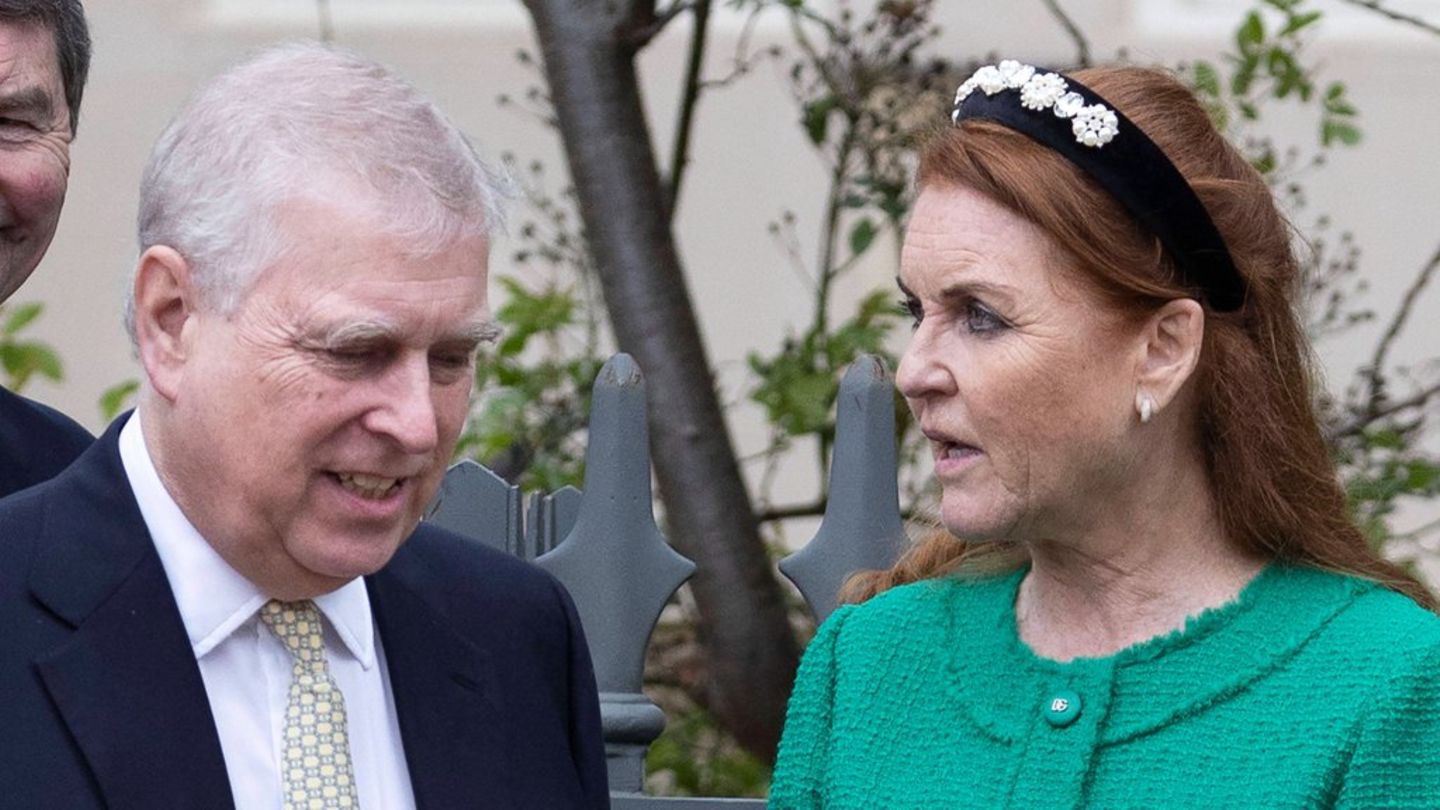For many people, working without coffee is not possible. There are often fancy coffee machines in the office, but what do you do in the home office? The pandemic has changed the way people enjoy coffee in German households.
More home office changes coffee habits at home: “There is a trend towards higher quality coffee through the home office,” says the general manager of the German Coffee Association, Holger Preibisch. “The machine park is being upgraded.”
A third of the people who work in the home office now buy high-quality, more expensive coffee than before, as a survey by the coffee association shows. Almost half have thought about buying a new machine, and one in five has implemented the plan. When it comes to new acquisitions, fully automatic machines and capsule machines take precedence over conventional filter machines. Beans are freshly ground in a fully automatic machine and different preparations can be selected at the push of a button. In households with home office, according to the survey, more coffee is made with fully automatic machines than with filter machines: 41 to 40 percent.
“Coffee consumption increased noticeably in 2020,” says Preibisch. “It looks like this level will be maintained in 2021.” The around 66 million regular coffee drinkers consumed 212 liters of coffee per capita last year, up from 209 liters in the previous year. This is remarkable because many cafes and coffee shops where commuters get their food, for example, have been closed for a long time, says Preibisch. Coffee is the Germans’ favorite drink, ahead of mineral water and beer.
A fully automatic machine at home is like a new status symbol that you show friends, says Preibisch. “And those who prepare coffee with a fully automatic machine pay attention to better coffee quality.”
Origin and processing play an increasingly important role for coffee connoisseurs. The proportion of coffee with a seal of approval, which is supposed to guarantee fair and sustainable production, is increasing by around ten percent every year – to a proportion of total coffee of 13 percent last year, said Preibisch. There is certainly twice as much sustainably produced coffee on the market, but not all manufacturers use quality seals for this.
“Sustainability is increasingly becoming a component of quality, alongside taste and aroma,” says Philip von der Goltz, managing director of the coffee trading company List & Beisler. He is one of the main authors of the new coffee report from the International Trade Center (ITC), a UN organization that supports small and medium-sized companies. The report is regarded as the standard work in the industry and is published about every ten years. The latest issue appeared on Friday. “People are demanding more and more sustainable products,” says von der Goltz. “This is also a key issue for coffee farmers and producers.”
The coffee scene has changed rapidly within ten years with specialty roasters: “The development is ingenious for coffee drinkers. You no longer get a black broth, but a taste experience that didn’t exist before », says von der Goltz.
More than three billion cups of coffee are drunk worldwide every day. According to the report, demand has risen by 65 percent within 20 years. The largest producers are Brazil and Vietnam, followed by Colombia and Indonesia. The coffee comes from 12.5 million farms worldwide, 95 percent of which are less than five hectares.
Many people wanted sustainably produced products, but not at any price, says industry representative Preibisch: “The German coffee drinker is very price-sensitive.” Von der Goltz says that sustainability does not yet play an important role for too many coffee drinkers around the world.
Keyword price: the pandemic has disrupted supply chains. Lockdowns meant a lack of workers on plantations and in processing, and border closings made transport difficult – all elements that have an impact on price. In addition, climate change is changing the way coffee is grown and could make it more expensive. “Climate change is likely to cut the area suitable for growing coffee in half,” the report says.
Specifically, a few frost days in July in Brazil hit the coffee plants hard. That should reduce the production of the next harvest by almost ten percent, says von der Goltz. Then there is a drought. On the commodity exchanges, the price rose by 30 percent at times. In addition, freight prices have risen sharply. For some manufacturers, the coffee has already become more expensive, says von der Goltz.
Jane Stock is a technology author, who has written for 24 Hours World. She writes about the latest in technology news and trends, and is always on the lookout for new and innovative ways to improve his audience’s experience.




